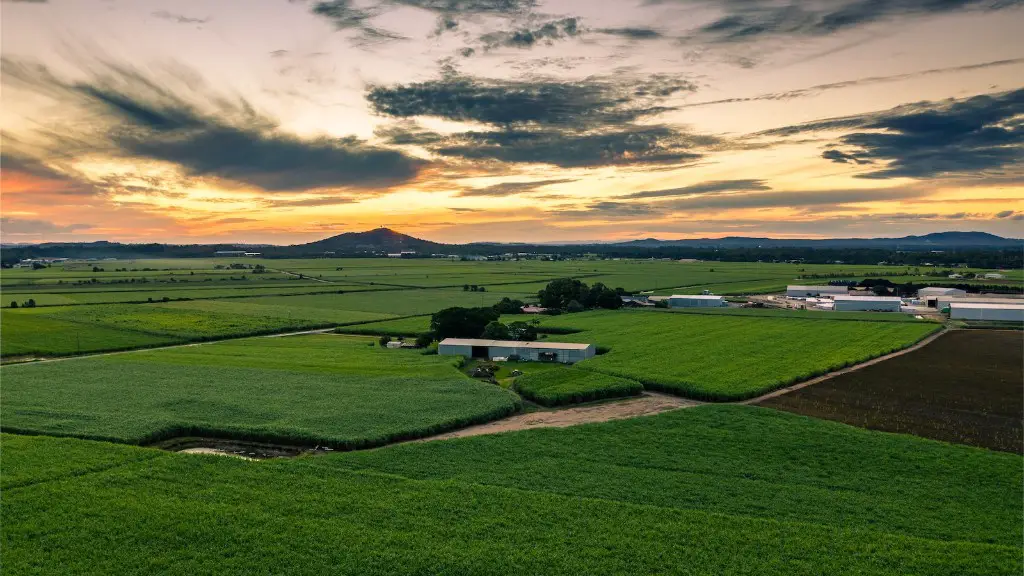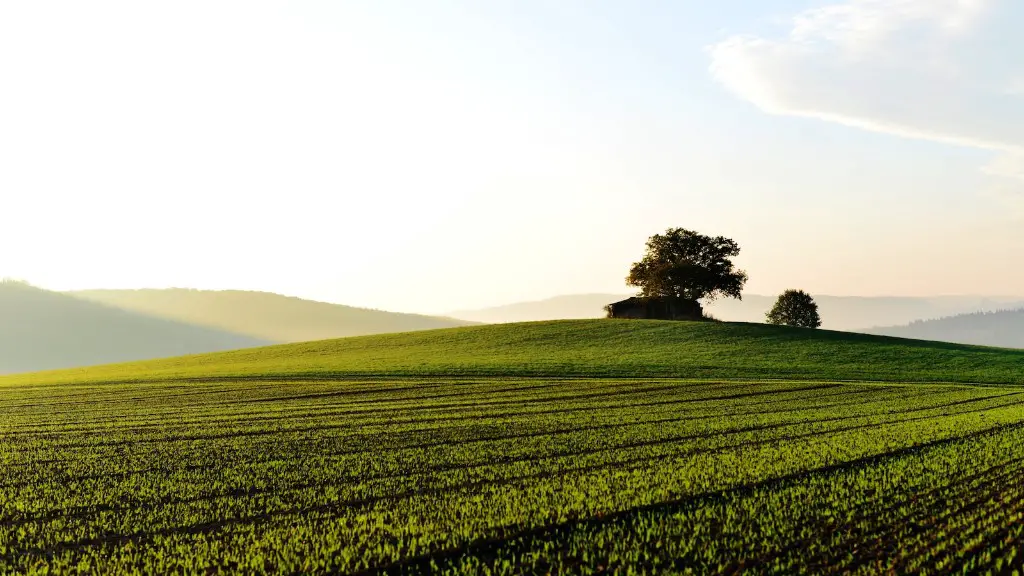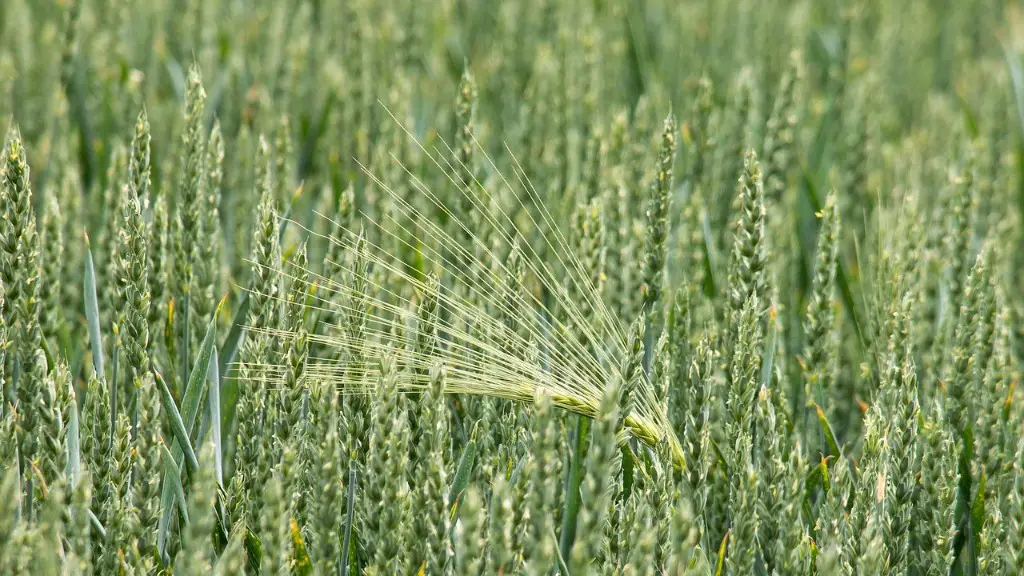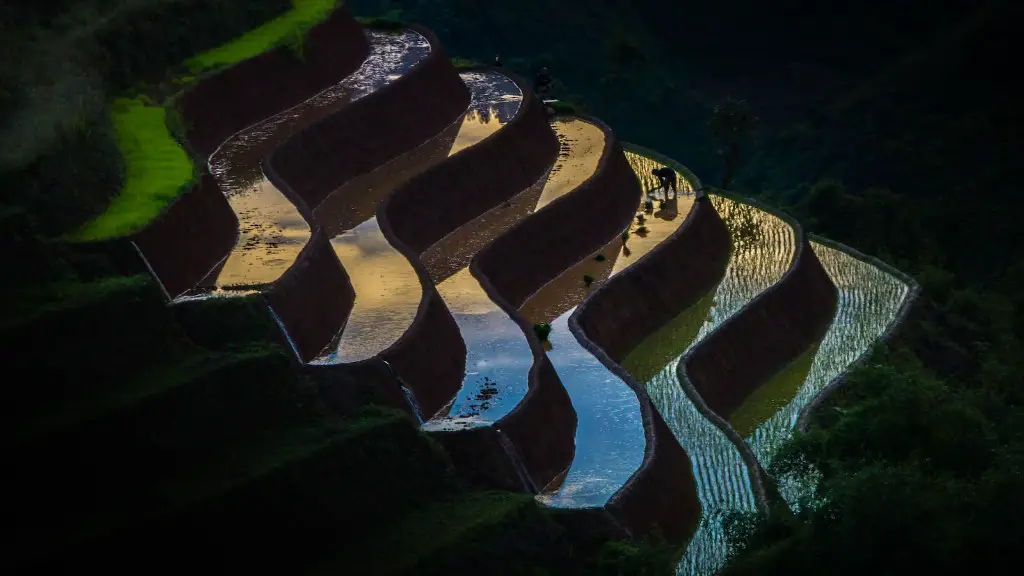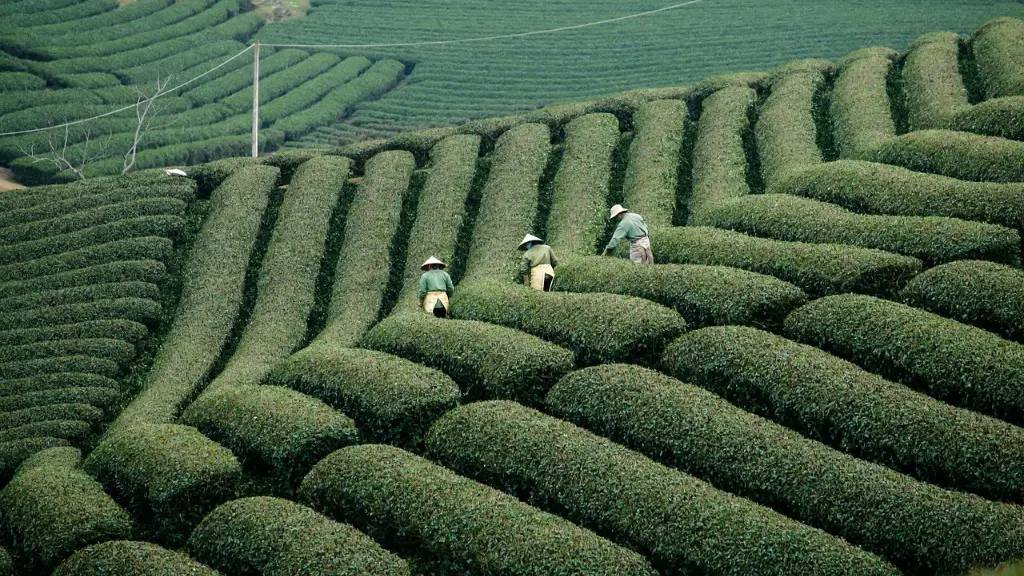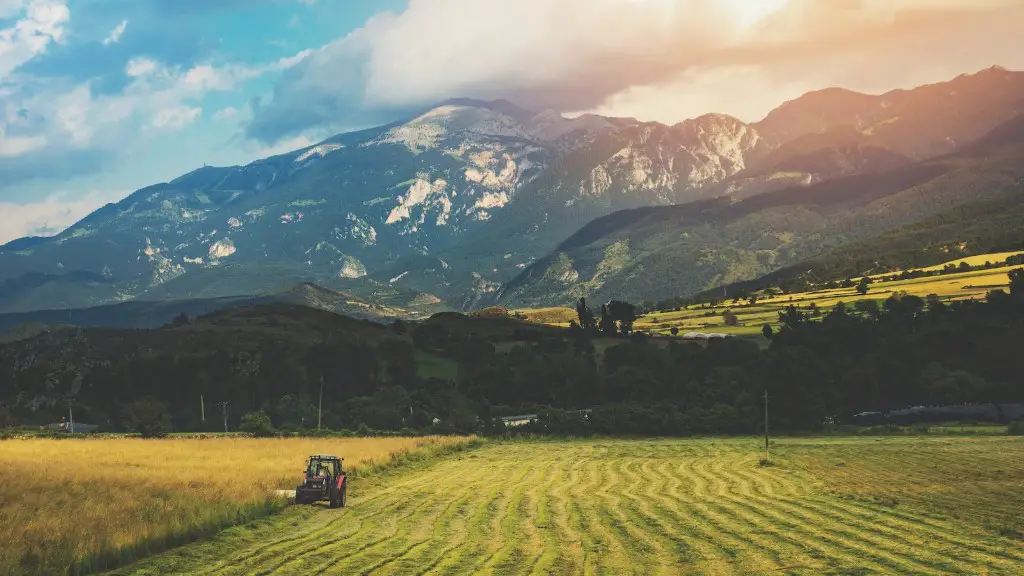Africa is a vast continent with a wide variety of climates and ecosystems. Agriculture is a major economic activity in many African countries. crops grown in Africa include maize, wheat, rice, cassava, yams, sorghum, millet, teff, beans, cowpeas, and lentils. livestock such as cattle, goats, sheep, and camels are also important. Agriculture in Africa is often rain-fed, and irrigation is used in some areas.
Agriculture in Africa refers to the farming of crops and livestock on the continent of Africa. Agriculture is a major source of livelihood for many Africans, as well as a significant contributor to the continent’s economy. Africa’s agriculture sector is forecast to grow significantly in the coming years, due to population growth, increased urbanization, and the expansion of arable land.
What type of agriculture is common in Africa?
Subsistence farming is a type of agriculture where one family grows only enough to feed themselves, without much left for trade. The surplus is usually stored to last the family until the following harvest. Roughly 65 percent of Africa’s population relies on subsistence farming.
The productivity of Africa’s agriculture is low as the continent’s crop yields have lagged behind the rest of the world. More than half of the labour force work in agriculture, and the labour productivity is very low. The agriculture ‘value added’ per worker in Sub-Saharan Africa is less than half the global average.
What role does agriculture play in Africa
Africa has great potential for agricultural development, but this potential is not being fully realized. Smallholder farmers make up a large percentage of the population and agriculture contributes a significant amount to the GDP, but there are many obstacles to further development. These obstacles include lack of access to land, water, and other resources; poor infrastructure; and weak institutions. If these issues can be addressed, Africa has the potential to become a major player in the global agricultural scene.
Climate change is one of the major obstacles that limit the success of small-scale farming in Africa. Droughts and floods have become more frequent and intense, making it difficult for smallholder farmers to produce enough food to feed their families. In addition, the lack of technology and education limits the ability of smallholder farmers to adapt to changing conditions. Financing is another major obstacle, as smallholder farmers often lack the capital necessary to invest in new technologies or expand their operations. Finally, policy and infrastructure constraints make it difficult for smallholder farmers to access markets and sell their products.
How does agriculture spread in Africa?
The Bantu people were a group of migrants who spread farming across the African continent. Some of them traveled along the verdant grasslands of the Sahel, a strip of land just below the Sahara. This was a corridor to East Africa, where the Bantu arrived around 1000 BCE, bringing their farming methods with them.
Subsistence farming is a type of agriculture where farmers grow crops and rear animals to meet the needs of their families. This type of farming is typically found in developing countries where the land is not suitable for large-scale commercial farming.
Commercial farming is a type of agriculture where farmers grow crops and rear animals to sell for profit. This type of farming is typically found in developed countries where the land is suitable for large-scale farming.
How much of Africa is agricultural?
Africa’s agricultural land is vital to the continent’s economy and food security. With approximately 40% of the total land area dedicated to agriculture, Africa’s farms produce a significant amount of the world’s food. The sector employs millions of Africans and is a major source of export earnings.
It is clear that African governments need to do more to invest in agriculture if the continent is to meet its potential. commitments to increase spending on agriculture are a positive step, but more needs to be done to ensure that these commitments are met. African Union member states should work to ensure that at least 10% of the government’s budget is spent on agriculture so that the sector can flourish.
How much of Africa relies on agriculture
The agriculture sector is critical for the rural population and the economy in general. More than 70 percent of the rural population depends on agriculture for their livelihoods, and regional economic growth has been constrained by poor performance in the agriculture sector. The sector has been weighed down by a number of factors, including low productivity, limited access to markets and inputs, and weak linkages to the rest of the economy. In order to unlock the sector’s potential, it is important to address these issues and create an enabling environment for growth.
Agriculture has been a part of human civilization for millennia and continues to be a critical sector of the global economy. It is estimated that the agricultural industry employs over 1.3 billion people worldwide, which is nearly one-third of the world’s workforce. Agriculture is also a major contributor to the global economy, generating $1.5 trillion in annual GDP.
The term agriculture can be defined as the cultivation of land and raising of crops for human use. Agriculture also includes the rearing of animals for meat, dairy, and wool production. In recent years, agriculture has increasingly been referred to as agribusiness, which encompasses all aspects of the food production industry, including farming, processing, packaging, and distribution.
While agriculture is essential for human survival, it can also have detrimental effects on the environment. Agricultural activities are a leading source of water pollution and land degradation. They are also responsible for a significant amount of greenhouse gas emissions, which contribute to climate change. As the world population continues to grow, it is essential that we find ways to produce food more sustainably.
When did agriculture develop in Africa?
The first agriculture in Africa began around the Sahel and the south of the Sahara Desert. Several native species were domesticated, most importantly pearl millet, sorghum and cowpeas, which spread through West Africa and the Sahel. This period was 5200 BC and the Sahara Desert was far more moist and densely populated than it is today.
Africa is the birthplace of agriculture. Farming first emerged in Africa at about 3000 BCE, in the fertile plains on the border between present-day Nigeria and Cameroon. It is possible that there was a “Garden of Eden” there to “trap” people into early farming. Agriculture then spread to other parts of Africa, and from there to the rest of the world.
Why is farming so difficult in Africa
It is estimated that over 50% of African smallholder farmers lack access to even the most basic inputs like improved crop varieties, fertilizers, and irrigation. This lack of access stands in the way of many African farmers being able to improve their productivity and incomes. Even though some progress has been made in recent years to address these weaknesses, much more needs to be done in order to make a real and lasting impact.
Agricultural productivity must increase in order for people to move out of agriculture and into other industries with higher wages. Family members need to work and contribute in order for this to happen. However, many families cannot afford to invest in education or other opportunities that would allow them to move into these higher wage industries.
What is the biggest problem in agriculture?
There are two major problems in agriculture: the loss of agricultural land and the decrease in the varieties of crops and livestock produced. Agricultural land is being lost due to development and the expansion of urban areas. The loss of agricultural land decreases the amount of land available for food production. The decrease in the varieties of crops and livestock produced is due to the use of monoculture, the growing of a single crop or livestock species in an area. Monoculture decreases the genetic diversity of crops and livestock, making them more susceptible to disease and pests.
African farmers arrived in southern Africa around 250 AD, which is about 1 000 years ago. They were Bantu-speaking people and lived in an era that archaeologists call the Iron Age. The Iron Age is a period in human history that is marked by the use of iron and steel tools and weapons. The arrival of the African farmers in southern Africa marked the beginning of the Iron Age in this region.
What crops do African farmers grow
It is interesting to note that many of the species that are important in the African traditional diet are also a part of the traditional diet in other parts of the world. For example, kola is also consumed in West Africa, and shea is also consumed in East Africa. This suggests that there may be some shared cultural traditions between different parts of Africa.
Africa is a continent with a great many countries, each with their own agricultural practices. South Africa and Nigeria are two of the countries with the largest agricultural areas. They grow a variety of crops and produce a significant amount of food. However, production varies significantly across African countries. Some countries produce more food than others, and some have a greater variety of crops.
Conclusion
Africa is a continent with a rich and varied history of agricultural production. Home to some of the world’s earliest known civilizations, such as Ancient Egypt and Carthage, the continent has long been a major producer of crops like cereals, pulses, oilseeds, and cotton. In more recent years, however, Africa’s agricultural sector has been lagging behind other parts of the world in terms of productivity and output. This is due in large part to the continent’s often unfavorable climate conditions, as well as to the high levels of poverty and political instability in many African countries.
Agriculture in Africa is a vital part of the continent’s economy, providing food and income for millions of people. Despite its importance, African agriculture faces many challenges, including poor infrastructure, low productivity, and vulnerability to climate change. With proper support, African agriculture has the potential to thrive and help reduce poverty and hunger across the continent.
